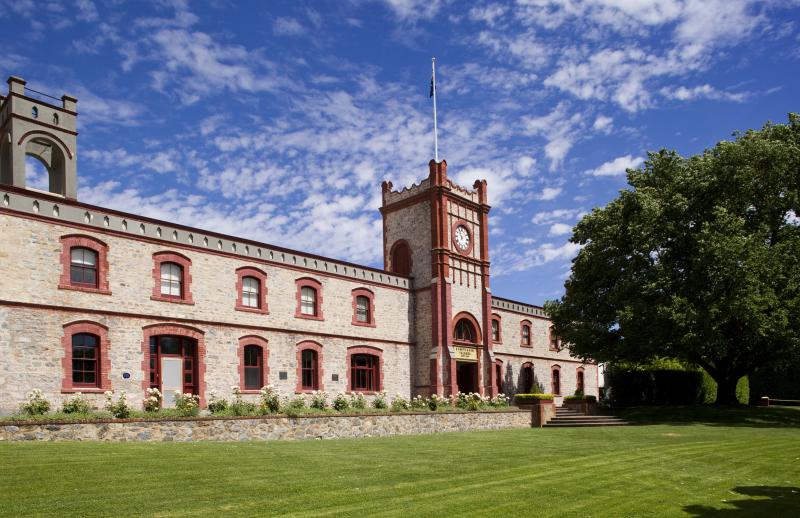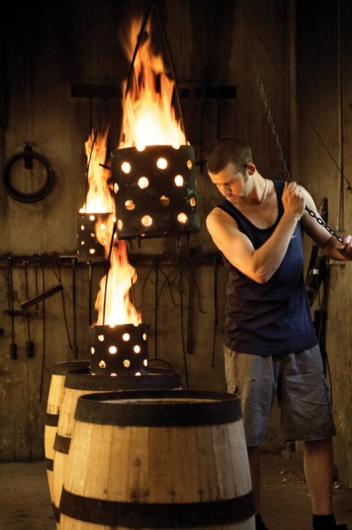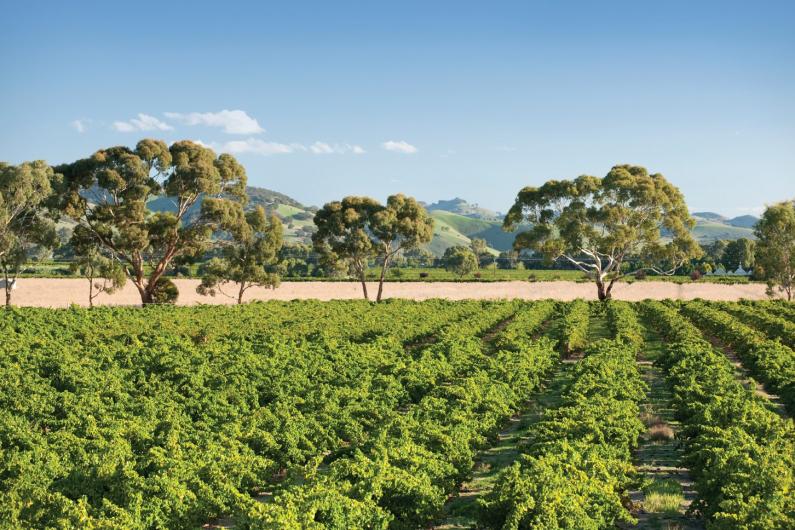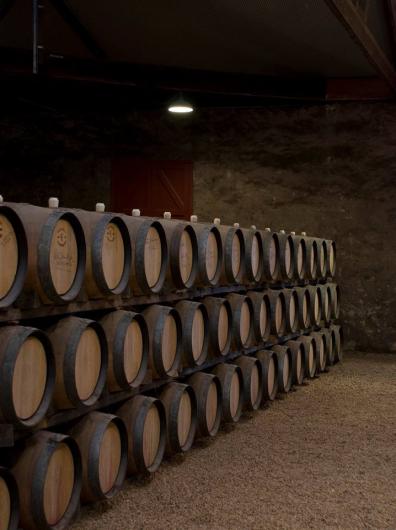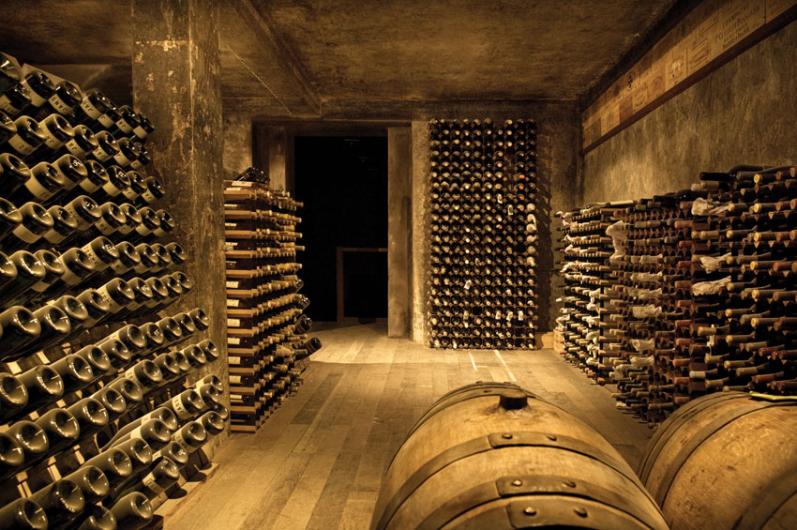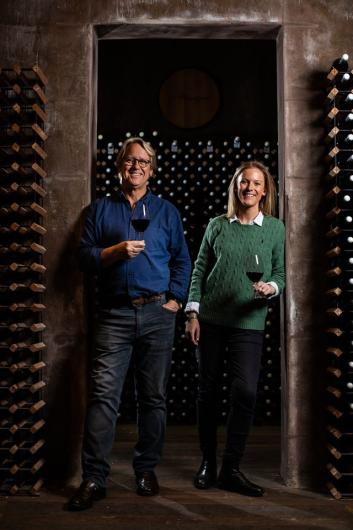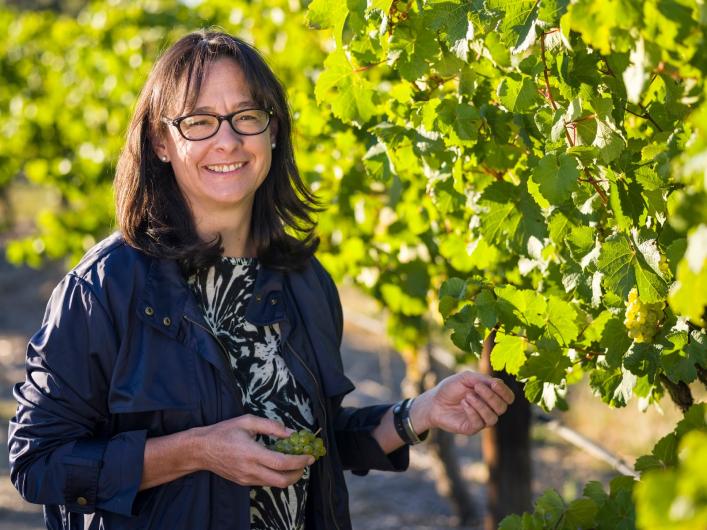Yalumba Organic Viognier

Wine Description
Located on the Murray River at Loxton, the Barich family property features a beautiful organic vineyard that produces wonderful Viognier. Since the 2011 vintage these grapes have been complemented by the Bassham family’s vineyard in Barmera. Meticulous hand detailed work in both vineyards ensures the grapes are in perfect condition when they are picked.
 Acclaim
Acclaim
 Vineyard & Production Info
Vineyard & Production Info
 Winemaking & Aging
Winemaking & Aging
 Analytical Data
Analytical Data
 Wine Production
Wine Production
Made with organic winemaking techniques this wine was fermented with indigenous yeast and little intervention from the winemaker.
 About the Vineyard
About the Vineyard
A wet winter in 2016 replenished the soils of the vineyard. From August until mid summer, below average temperatures prevailed, late December rain was ideal for the vines to grow their protective canopies. The mild summer weather meant the grapes were able to ripen slowly on the vine and be harvested full of flavour.


